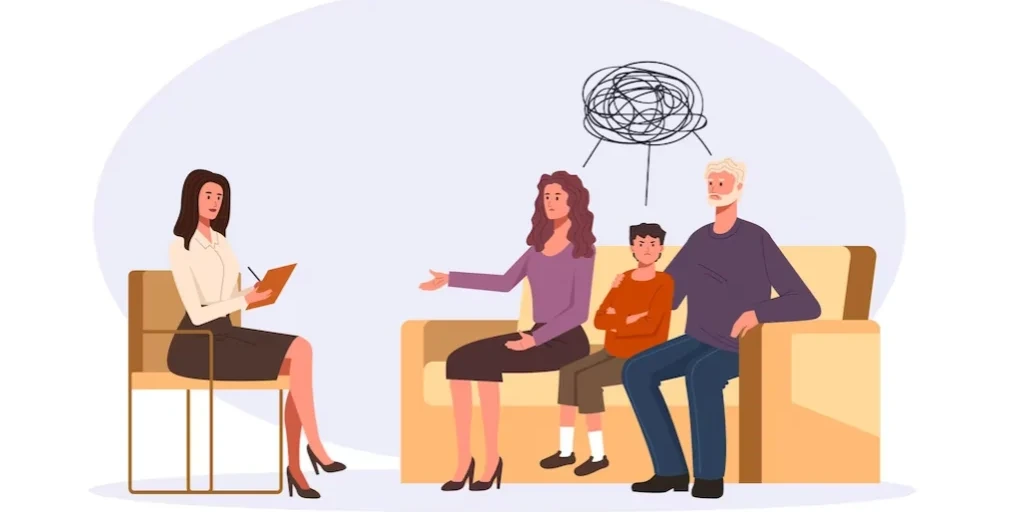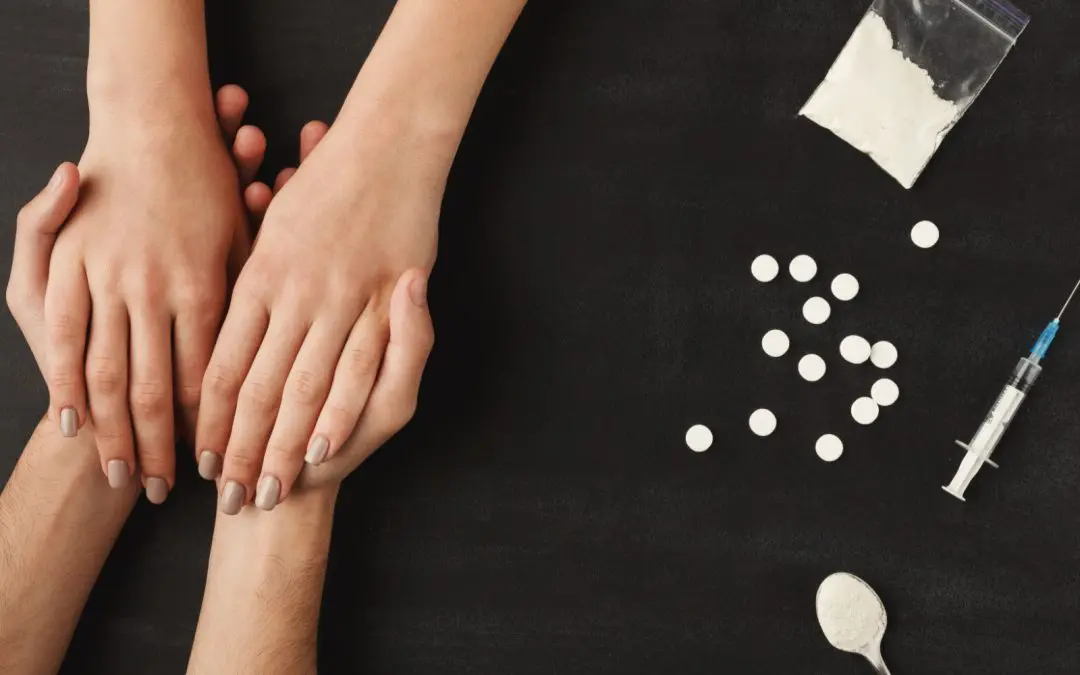24/7 Helpline:
(866) 899-221924/7 Helpline:
(866) 899-2219
Learn more about Prescription drug Rehab centers in Clay Center
Prescription drug Rehab in Other Cities

Other Insurance Options

GEHA

Group Health Incorporated

Magellan Health

WellPoint

AllWell

Multiplan

Regence

United Health Care

Medical Mutual of Ohio

Health Partners

Access to Recovery (ATR) Voucher

Sutter

MVP Healthcare

Providence

CareFirst

BlueShield

UnitedHealth Group

Aetna

Meritain

American Behavioral


Pawnee Mental Health Services
Pawnee Mental Health Services is a private rehab located in Clay Center, Kansas. Pawnee Mental Healt...

Aftermath Addiction Treatment Center
Aftermath Addiction Treatment Center (AATC) is an accredited dual-diagnosis addiction treatment cent...

Gogebic Community Mental Health Authority
Gogebic Community Mental Health Authority is a public rehab located in Wakefield, Michigan. Gogebic ...









BH CP Riverside Team
BH CP Riverside Team is a non-profit rehab located in Wakefield, Massachusetts. BH CP Riverside Team...

Riverside Psychiatric Day Treatment
Riverside Psychiatric Day Treatment is a non-profit rehab located in Wakefield, Massachusetts. River...

Riverside Community Care
Riverside Community Care is a private rehab located in Wakefield, Massachusetts. Riverside Community...

CODAC Behavioral Healthcare – South County
CODAC Behavioral Healthcare II - South County is a non-profit rehab located in Wakefield, RI. CODAC ...

Gateway Healthcare – South Shore Center
Gateway Healthcare – South Shore Center is a private rehab located in Wakefield, Rhode Island. Gatew...










































